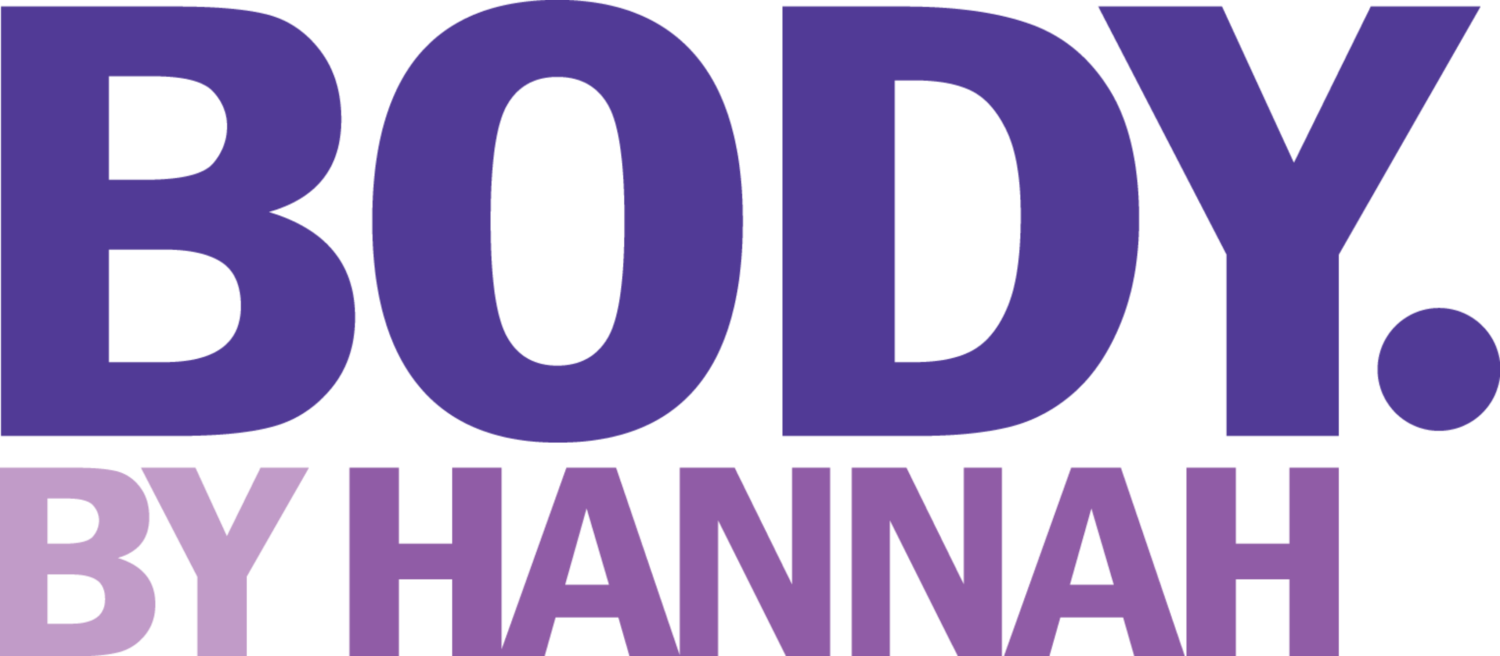A growing concern over young-onset dementia has sparked our own interest in it, lately. Young onset dementia affects individuals under the age of 65. It is often misdiagnosed or overlooked due to its rarity and the age of those it affects. It encompasses a range of neurological conditions, with Alzheimer's disease, vascular dementia, and frontotemporal dementia being the most common types. The symptoms can vary widely but generally include memory loss, difficulty with problem-solving, and changes in mood and behavior.
The Role of Physical Activity in Prevention
What research has been confirming over and over again, is that physical activity can be a cornerstone of dementia prevention. Here’s how:
Boosting Cardiovascular Health: Exercise improves cardiovascular health, which is directly linked to brain health. A healthy heart pumps blood more efficiently, delivering essential nutrients and oxygen to the brain!
Enhancing Neuroplasticity: Physical activity stimulates the production of neurotrophic factors, chemicals that support the growth and survival of neurons. This enhances neuroplasticity aka the brain's ability to form new neural connections.
Reducing Inflammation: Chronic inflammation has been linked to neurodegenerative diseases. Exercise can help to reduce inflammation levels in the body, potentially lowering the risk of dementia.
Stress Reduction: Chronic stress is a risk factor for cognitive decline. Exercise, particularly aerobic activities, can reduce stress levels, thereby indirectly protecting cognitive health.
OTHER PREVENTATIVE MEASURES:
Social Engagement: Engaging in social activities more than once a month can be protective against early dementia, while social isolation can increase the risk.
2. Vitamin D Levels: Maintaining healthy vitamin D levels is crucial. Severe deficiency has been linked to a higher risk of YOD. Consuming vitamin-D-rich foods and supplements can be super beneficial.
3. Physical Strength:
Grip Strength: Improving grip strength, an indicator of overall physical strength, can help to lower the risk of YOD.
While the risk of young-onset dementia can be influenced by genetic factors, lifestyle choices play a significant role in our genetic expression. By adopting a routine of regular physical activity, focusing on cardiovascular health, and engaging in exercises that challenge the brain, individuals can significantly reduce even a genetic predisposition to dementia.
BBH Tailored Fitness Programs
At BBH, we understand the importance of a personalized approach to physical fitness, especially when it comes to cognitive health. Our programs are designed to cater to individual needs and preferences, in hopes that we can help you hit your own personal goals.
Personalized Cardiovascular Training: We focus on cardiovascular health through a mix of aerobic exercises, tailored to suit each individual's fitness level and preferences.
Cognitive Challenge and Variety: Our routines include exercises that challenge the brain, such as coordination and balance activities, to stimulate mental engagement.
Mind-Body Approaches: We love sharing ways you can better connect your mind-body connection. Often times you will hear us referring to shifting your focus to a certain muscle you are trying to engage, to form that connection.
Stress Management: We love to weave in stress reduction techniques, recognizing its critical role in overall brain health.
Download the BBH Fitness App for fitness programs and nutrition plans you can trust to improve your physical and mental health!


